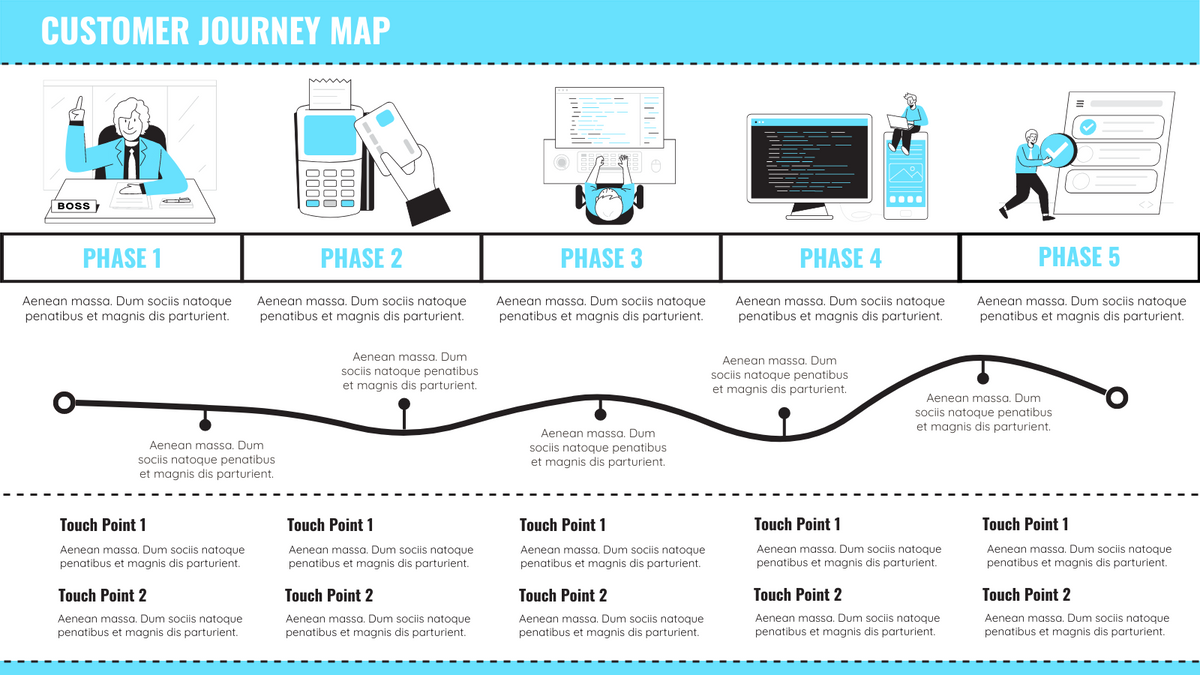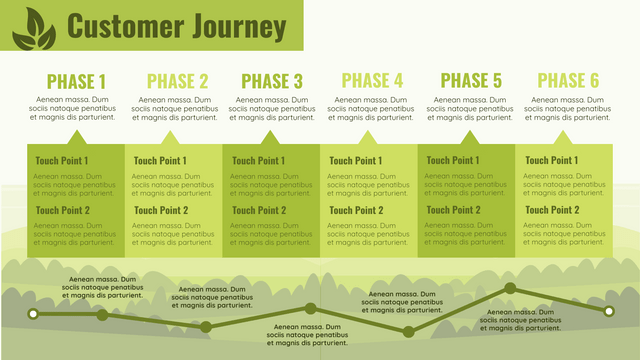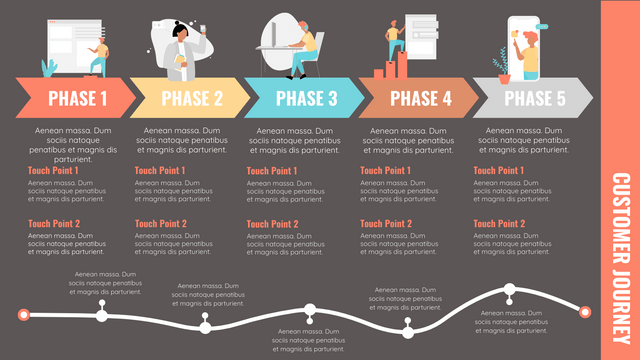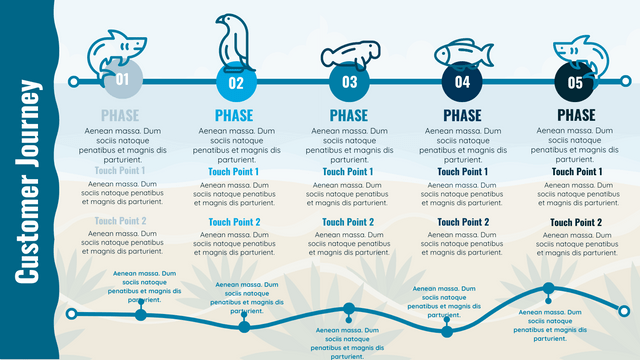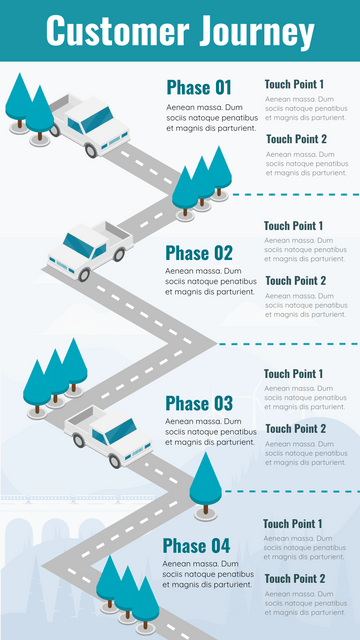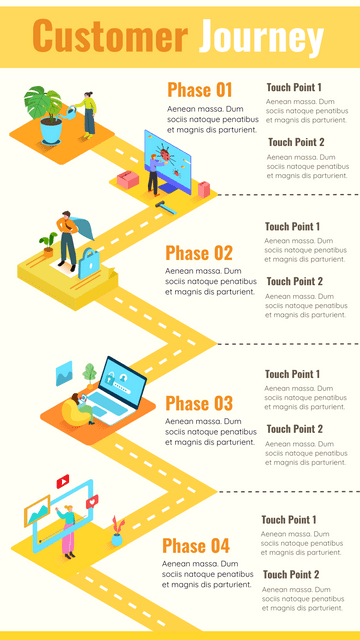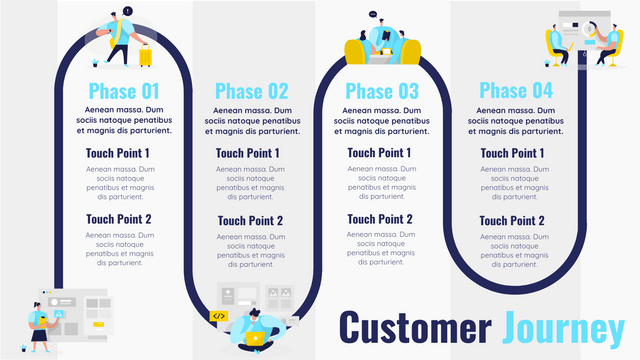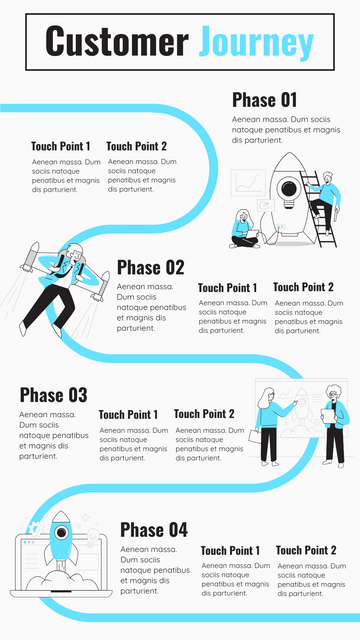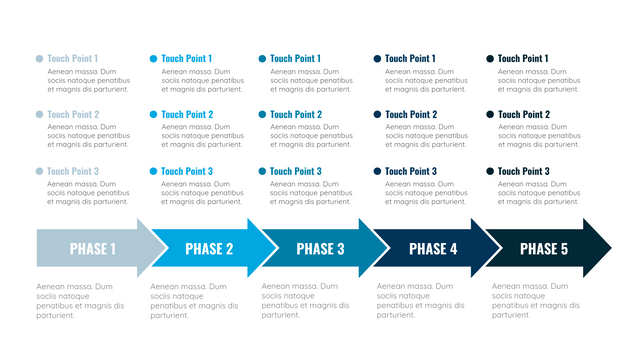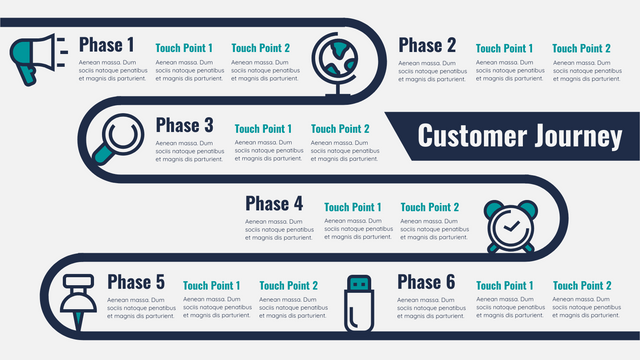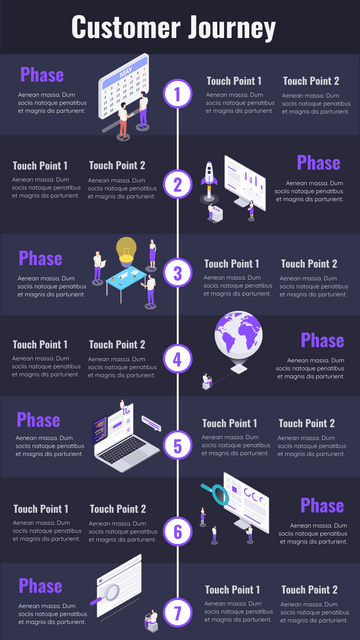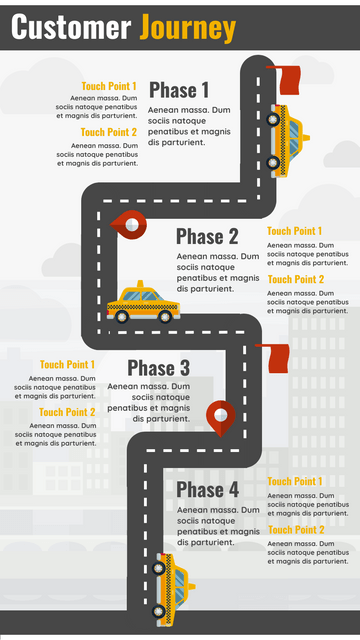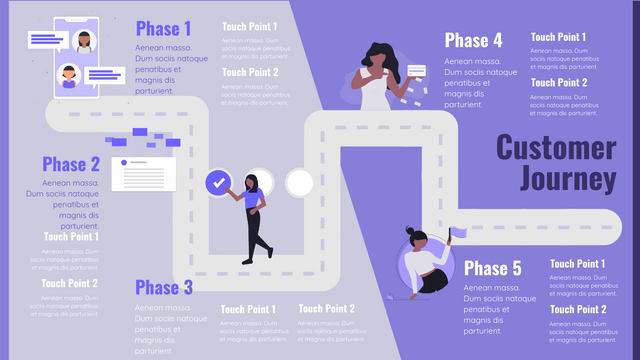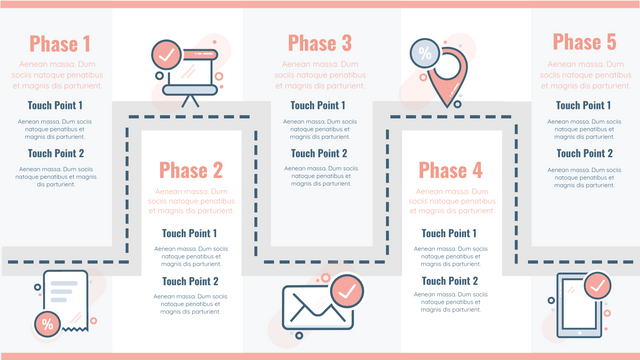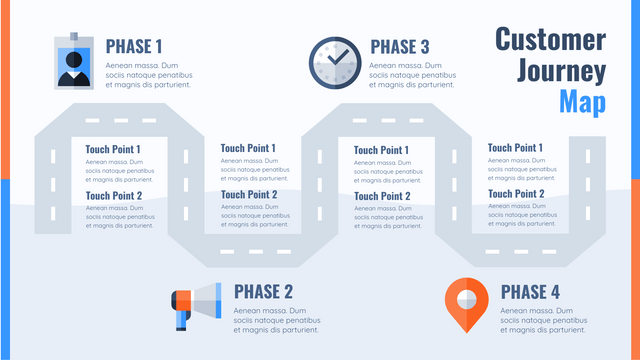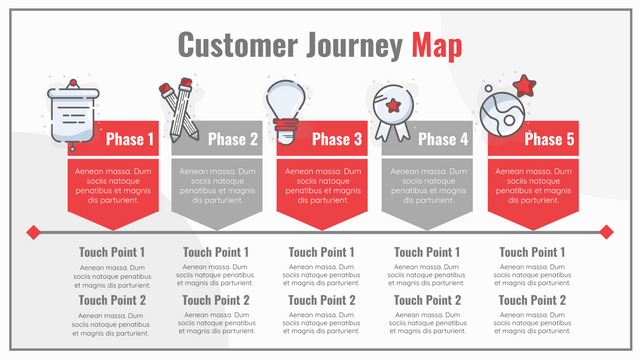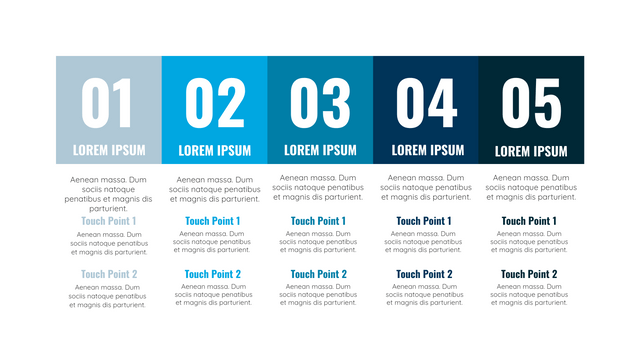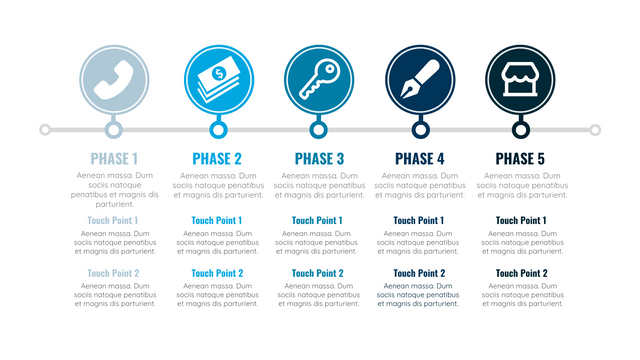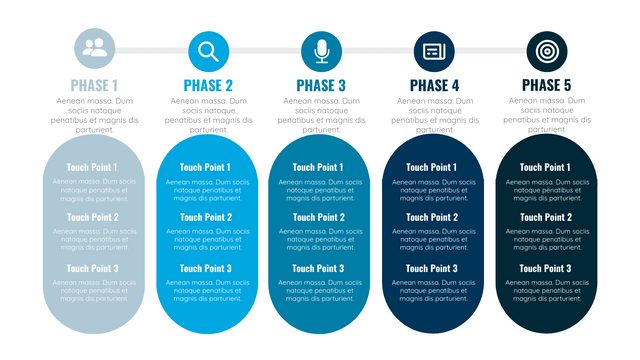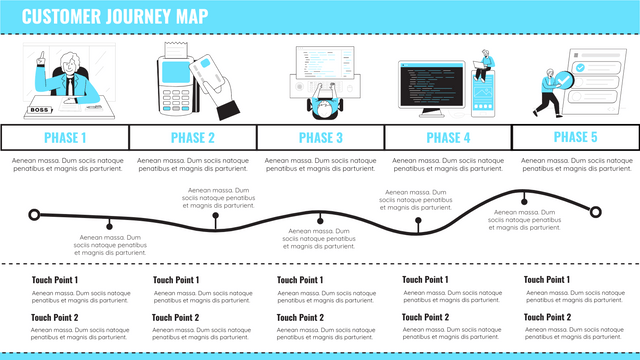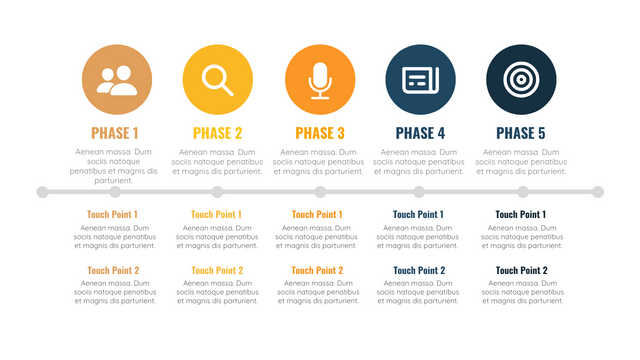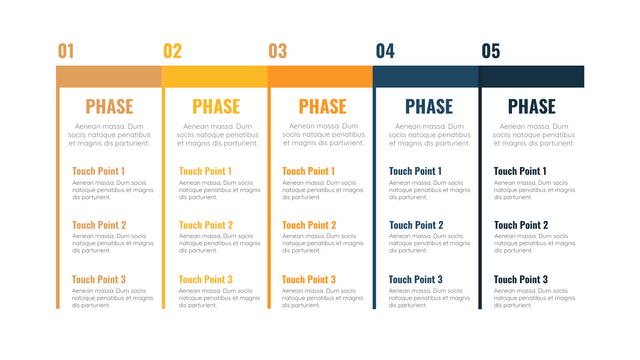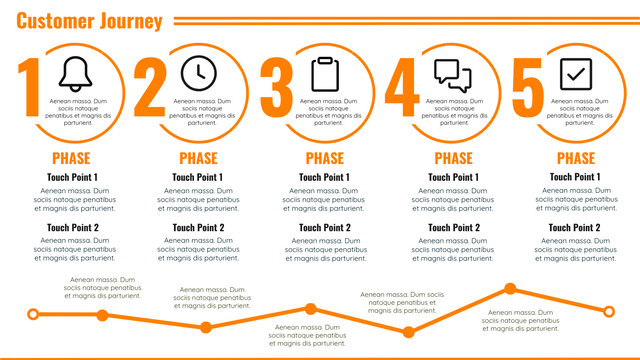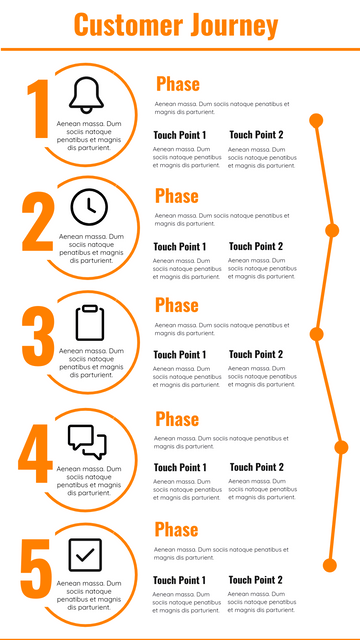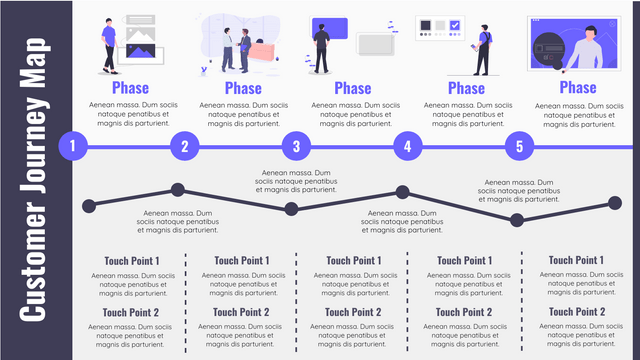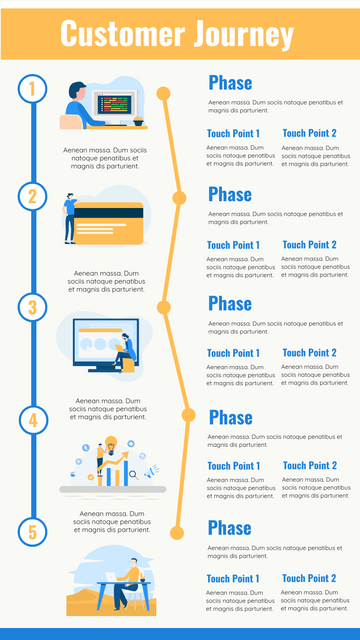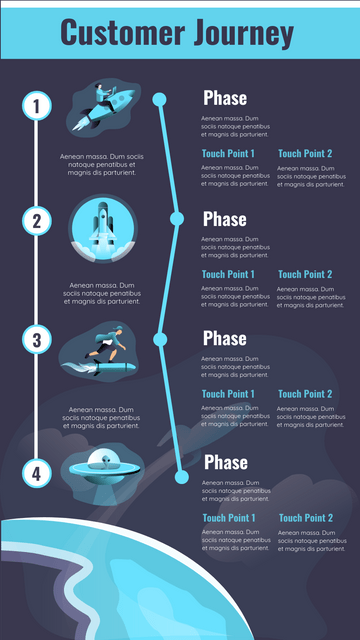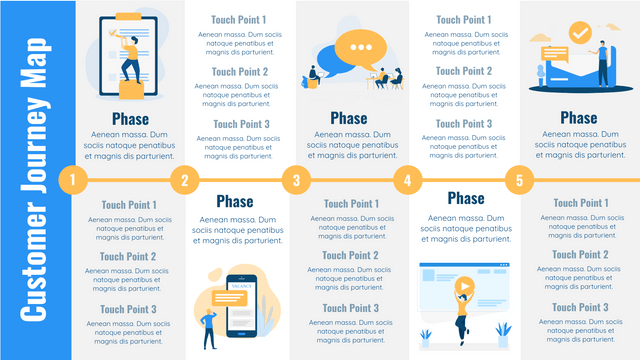What is a customer journey map?
Do you want to make an unforgettable first impression and provide a different buying experience for your customers?
Do you want to know how your customers are shopping in today’s digital world?
Customer journey mapping is a very useful technique to help you understand your customers’ motivations – their needs, indecisiveness and concerns. While most organizations are quite good at collecting customer data, data alone cannot convey the frustrations and experiences of customers. One of the best storytelling tools in business is the customer journey map (CJM).
What is a Customer Journey Map?
A customer journey map can be used to describe the customer story in a specific scenario, including the customer’s journey from the first contact with the product, through the various stages of contact with the product, and to the end of using the product. It can clarify the key interactions (touch points) between the customer and the product, and help optimize customer satisfaction and address pain points by observing and analyzing user behavior, thoughts and emotions at each stage.
The Customer Experience Map is similar to the Customer Journey Map, except that while the Customer Journey Map tells the story of the customer, the Customer Experience Map reveals the complete flow of the customer experience as they interact with the brand. It includes everything from the user visiting the website, engaging in social activities, visiting the store, and inquiring about customer service. It helps different team members work together to understand user behavior and focus the business on the user.
Why do we need a customer journey map?
The purpose of mapping the customer journey is to understand what your customers are experiencing and to improve the quality of the customer experience so that you can ensure a consistent and seamless experience across all touchpoints and all channels. There is no substitute for listening to your customers about the solution at each step of the journey. With an understanding of the customer journey, you can now improve the customer experience to be delivered by:
- Bring teams together to address specific customer barriers and understand the core customer journey path.
- Minimize negative customer experiences by identifying key steps and decision points to build faster and higher customer conversion rates.
- Improve customer retention by understanding how customers communicate at all stages of the buying cycle to ensure all relevant parties receive the right information.
- Allow companies to amplify individual customer journeys in specific channels.
- Understand the metrics needed to identify customer progress and regression points to provide opportunities to re-engage customers.
- Allow companies to prioritize actions in their customer experience strategy to reveal gaps across channels and departments
What does it look like?
Customer journey maps use storytelling and visuals to illustrate a customer’s relationship with an organization over time. The story is told from the customer’s perspective and it provides insight into the entire customer experience. It helps your team better understand and address the needs and pain points of your customers as they experience your product or service. In other words, planning the customer journey provides your business with an opportunity to see how your brand can first engage prospects and then reach them at different points throughout the sales process.

The basic concept of CJM
The customer journey is the journey of a potential customer through all available channels with the different touch points of a product, brand or company until he completes all the targeted actions. The customer journey may last a few hours, a few days, or even months.
- The main target action is a purchase, an order or an inquiry.
- A touchpoint is any point of contact between the customer and your business, from classic advertising (commercials, TV or radio, etc.) to online marketing campaigns, to friends’ opinions or information on review sites.
- Available channels such as phone, web, branch, marketing communications and service interactions. Create a customer journey map
You’ve collected data from your web analytics, marketing platforms, CRM systems, sales data and other sources. Then what? You need to put this data and insights into an easy-to-understand graphical representation (map) that you can share with your team. Journey maps can take many forms. However, the ultimate goal is always the same: to find and solve your customers’ pain points.
When creating a customer journey map, you can ask yourself the following questions.
- How did your customers find you?
- How did they solve (or deal with) the problem before using your solution?
- What is the customer problem you are trying to solve?
- Or in other words, what common problems and pain points can your product help alleviate?
- How easy is it for customers to get customer service support?
- How are you working to increase customer engagement across channels?
- How easy is it for a customer to pay for your product or service?
Now that you understand what a customer journey is and how to create one, you can begin to use customer journey mapping to better resonate with your customers, leverage user research to identify potential pitfalls in the product journey, and guide your team to create a more cohesive, seamless user experience, whether that experience is focused on a single interaction or spans multiple interaction channels.
Create a customer journey map
When you’re trying to improve your customer experience, it’s important to think like your customers: consider their perspective and be aware of them at every stage of their journey with you. That’s what customer journey mapping is all about.
Here are four main steps to create customer journey map:
- Collect all the information you already know about your users and how they use your products or services
- Through additional research with real users, identify information gaps and fill these gaps
- Create user personas based on collected information
- Use all this knowledge to map the customer journey
Explore more Customer Journey Maps templates
This customer journey map template can be customized to create a design that fits your need. You can edit content, replace image(s), change colors, add or remove design blocks and more.





